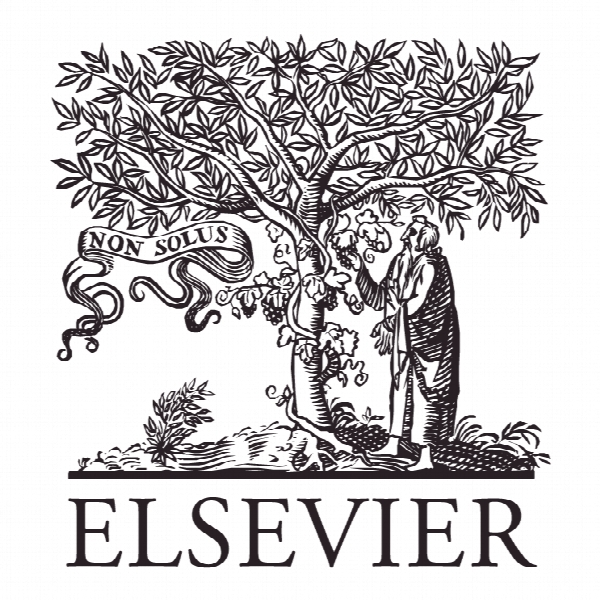راهبرد سرمایه گذاری ترکیبی دوجانبه برای صندوق های بازنشستگی A two-step hybrid investment strategy for pension funds
- نوع فایل : کتاب
- زبان : انگلیسی
- ناشر : Elsevier
- چاپ و سال / کشور: 2018
توضیحات
رشته های مرتبط مدیریت و اقتصاد
گرایش های مرتبط مدیریت مالی، اقتصاد مالی
مجله اقتصاد و دارایی آمریکای شمالی – The North American Journal of Economics and Finance
دانشگاه Escuela de Negocios – Universidad Adolfo Ibáñez – Santiago – Chile
منتشر شده در نشریه الزویر
کلمات کلیدی صندوق های بازنشستگی، استراتژی های منفعل، اقدامات ریسک
گرایش های مرتبط مدیریت مالی، اقتصاد مالی
مجله اقتصاد و دارایی آمریکای شمالی – The North American Journal of Economics and Finance
دانشگاه Escuela de Negocios – Universidad Adolfo Ibáñez – Santiago – Chile
منتشر شده در نشریه الزویر
کلمات کلیدی صندوق های بازنشستگی، استراتژی های منفعل، اقدامات ریسک
Description
1. Introduction Pension funds are important actors in the global capital markets. For example, in the U.S., occupational pension funds (that is, funds sponsored by employers) manage assets equivalent to approximately 80% of the country’s GDP (OECD, 2015). A study focused on sixteen major markets including the U.S., U.K., Japan and Canada, estimated that pension funds at the end of 2015 managed on average assets equal to 85% of their respective countries GDP (Watson, 2015). The same study indicated that such funds controlled approximately US$ 36 trillion. By way of comparison, the market capitalization of all U. S. listed companies is close to US$ 20 trillion (World Bank, 2014). Therefore, it is clear that in absolute and relative terms pension funds play a very influential role in the markets in which they operate. Pension funds face three important challenges in the near and medium future: (1) a persistent low interest rates environment (this is particularly taxing for defined-benefits schemes); (2) a consistent longevity increase; and (3) an acute decline in fertility rates, a problem that affects mostly the pay-as-you-go (PAYG) systems. From a structural viewpoint, most pension funds share certain common features. They all have mid- to long-term investment horizons; enjoy a rather stable inflow of funds; and invest primarily in equities and bonds. For example, at the end of 2014 U.S. pension funds had 63% of their portfolios invested directly in bonds and stocks (OECD, 2014). The total exposure to these assets was probably slightly higher since pension funds also invest in mutual funds which, in turn, hold these two types of assets. The exposure to alternative assets (such as mortgages, infrastructure loans, private equity, and structured products) was minor compared to the exposure to stocks and bonds. Although in general there has been a global trend to decrease the overall stocks-and-bonds holdings, and increase the positions in alternative assets, stocks and bonds remain dominant. Considering the U.S., U.K., Australia, Canada, Japan, the Netherlands, and Switzerland the aggregate exposure of pension funds to stocks and bonds was 73% in 2014 (in 1995 was 89%) (Watson, 2015). Additionally, most pension funds have maximum and minimum constraints in terms of domestic and foreign exposure as well as by asset class. All these considerations put pension funds in a category of their own, as they are quite different from hedge funds, retail-oriented funds, and speculative funds focused on venture capital, commodities and distressed debt.


